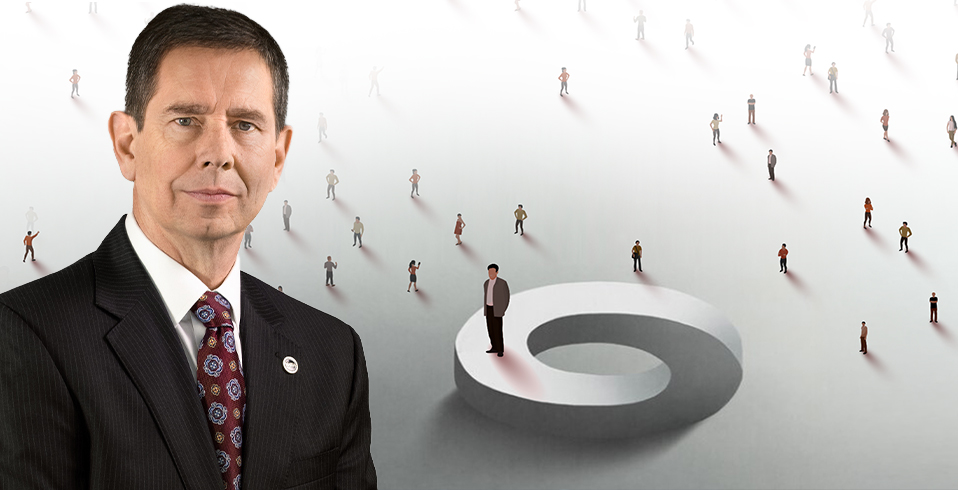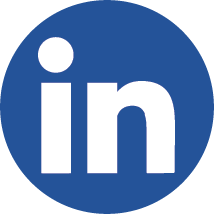President’s Memo: “The Relevance Paradox”
SHARE:

Twenty years ago, Boeing CEO Harry Stonecipher said of the eminent company: “It’s a great engineering firm, but people invest in a company because they want to make money.” One application of this philosophy was Boeing’s decision to rework its older 737 planes into the 737 Max, a choice which resulted in cutting costs and enhancing share price. But according to journalist Ed Smith, in a recent essay on economist John Kay’s new book Why (Almost) Everything We Are Told About Business Is Wrong, Boeing’s pivot in mission can also be linked to the 737 Max’s recent and catastrophic failures; these failures, in turn, leading Airbus, Boeing’s longtime rival, to overtake it in sales and profit.
Kay provides another equally instructive case study: In 1988, British company Marks & Spencer committed to a goal of £1 billion in company profit. Having achieved it, the retailer’s share price duly increased to an impressive £6. However, in pursuing the ambitious goal, the blue-chip business was obliged to cut corners in value and quality. Customers noticed, and it wasn’t long before sales dried up, sending the share price crashing to £1.
What sustains a business’ relevance to its customers? Or, in NASBA’s case, what sustains our relevance to you, our members? The answer, I think, can sound paradoxical.
On the one hand, to maintain relevance, organizational activities must be, if you will, “acts of memory.” Each must demonstrate an unswerving dedication to those core principles that brought the organization to where it is in the first place. Lose sight of them and—like Boeing, like Marks & Spencer—the people most important to you lose sight of your value.
On the other hand, no organization can become so bound to tradition that it forgets innovation—a term that really describes how an institution furthers ongoing value to stakeholders in new ways. Achieving this balance is, of course, easier said than done.
As I write this column, I have served as NASBA’s CEO for nine months. What has come to light for me during this time is how the Association has lately struggled a bit with getting the “relevance paradox” right. In some ways, this isn’t surprising. We are at an inflection point in accounting. You don’t need me to tell you about the winds of change by which our profession has lately been buffeted: from the new CPA Exam to the pathways debate, from private equity to threats to licensure, from board consolidation to board turnover. Not to mention the upheaval of the pandemic, which created a baseline dissonance in our human (and humane) ability to see, hear and interact with one another—an illegibility that still lingers. Indeed, as much as our profession and our world continue to seek innovation, they crave stability. As much as we as a society profess to want to usher in the new, we also long for a recommitment to the old wisdoms that anticipate—and steer us around—the pitfalls the naïve overlooks.
Over the last several years, NASBA has toggled back and forth between these forces. Between wanting to innovate through good guidance and wanting to honor tradition through supportive service. At times, our loyalties to both have produced tension and occasionally distrust, sometimes making our sincere desire for relevance misconstrued as tone-deaf absolutism. These pushes and pulls have forced me to ask just where the intersection—between leadership and service, innovation and tradition, guidance and support, relevance and irrelevance—resides? One way to answer that is to recall what our natural instincts tell us to do when we attempt to walk a literal fine line: To achieve balance, don’t we throw out our arms in opposite directions?
That, in a manner of speaking, is what I’ve been aiming to do since beginning my CEO tenure last August. Whether it’s through establishing a “kitchen cabinet” monthly call with a diverse range of executive directors, strategizing with our regional directors on how to reinvigorate our touchpoints, or by launching a jurisdiction-by- jurisdiction “Diagnostic” on NASBA as a whole, I am determined that we find that still point of relevance with you.
Speaking of the Diagnostic, at press time for this edition of the State Board Report, more than 80 percent of jurisdictions have now reserved their 75-minute slot with our consultant in order to address his 27 questions. This means more than 55 hours of in-depth conversations have already taken place with state board chairs, board members, and executive directors. As far as I know, NASBA has never in its 117-year history sought such direct and unvarnished perspectives from you, our members. All too often with standard rating surveys and one-off questionnaires, real insights get buried and data ends up leading us in the wrong direction. That’s why, for this project, we aimed for an outcome that would be more nuanced, more bracingly honest, and ultimately, more meaningful. It’s only by “getting real” that anyone gets better. If you’re a Board of Accountancy chair or executive director and haven’t yet reserved a slot for the NASBA Diagnostic, I encourage you to do so.
Composer Gustav Mahler once said that “tradition is not the worship of ashes but the preservation of the fire.” I might add to the maestro’s words: In tending to that fire, organizations keep—but also ignite the inspirations that extend their relevance to those gathered around it.
In that spirit, I look forward to seeing you at our regional meetings in June.
Sincerely,
Daniel J. Dustin, CPA
President and CEO






